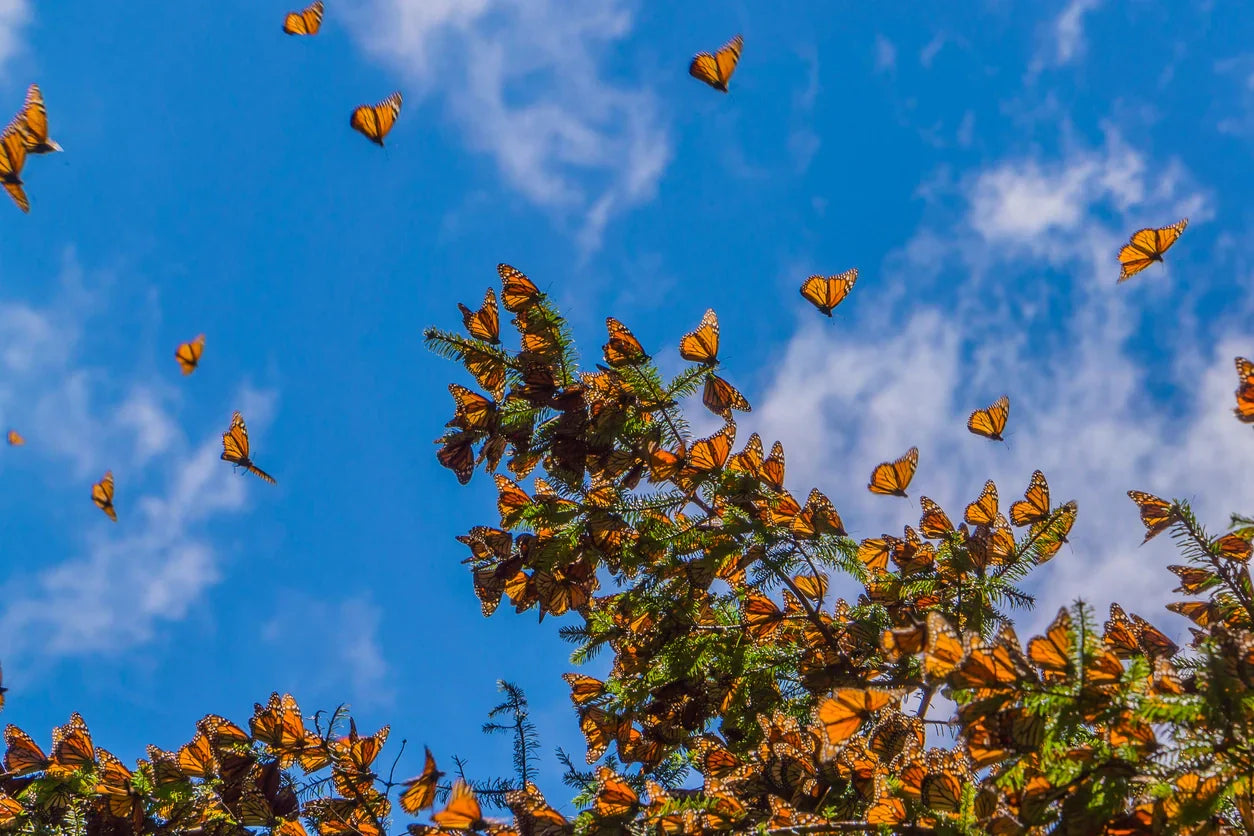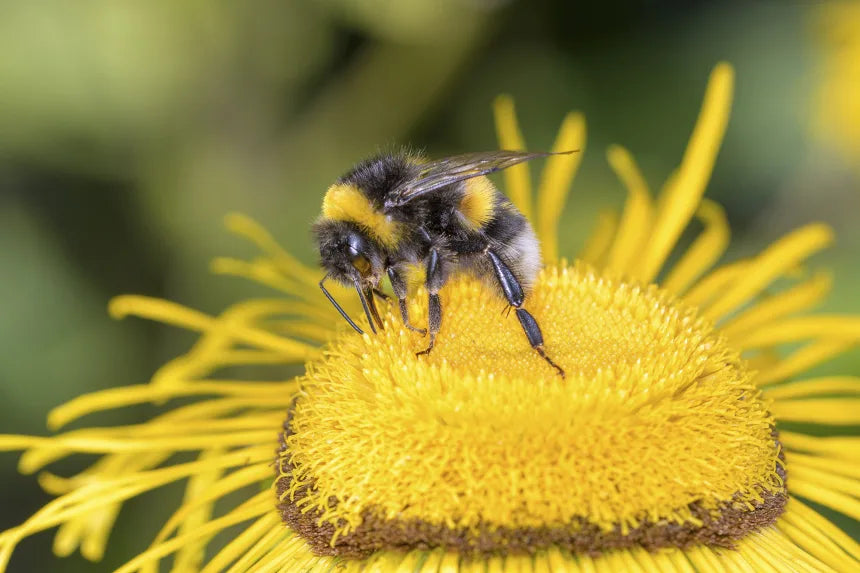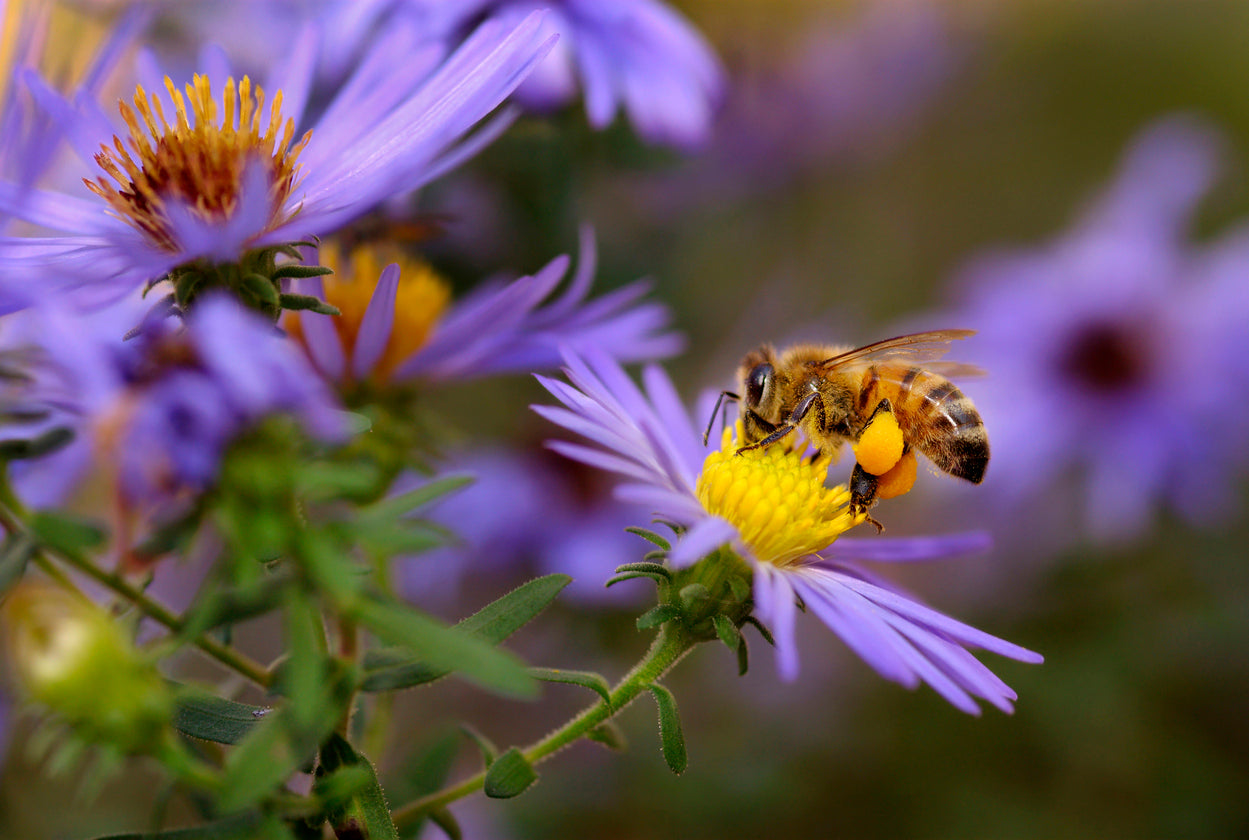Add description, images, menus and links to your mega menu
A column with no settings can be used as a spacer
Link to your collections, sales and even external links
Add up to five columns
Add description, images, menus and links to your mega menu
A column with no settings can be used as a spacer
Link to your collections, sales and even external links
Add up to five columns

Fun and Interesting Butterfly Facts for Kids
By Spencer McManamna March 25, 2024 4 min read
In this article you'll learn some fun and fascinating facts about the unique lives of our butterfly friends - what they eat, how they see the world around them, where they live, and much much more!
They Only Drink Liquid
Did you know that adult butterflies enjoy an entirely liquid diet? It’s one of the most interesting facts about butterflies! Butterflies enjoy a liquid diet due to having a tubular proboscis rather than a pair of mandibles. They use this proboscis to drink the nectar of flowers, or in the case of your Painted Lady butterflies, homemade nectar, and the juices of fruits. Butterflies love slices of fruit such as oranges, bananas, and apples. They will also gather together around mud puddles in order to obtain nutrients such as salts and minerals, a fascinating behavior known as “puddling!”
They Have Compound Eyes
How do butterflies see the world? Most of us are familiar with “Compound eyes”, eyes made up of multiple lenses. But have you ever heard of ocelli? Derived from the Latin word “ocellus” (little eye) these simple eyes are used to detect movement, light, and shadow.
Every butterfly has thousands of receptors in each eye, each with their own lens! Human receptors can process up to 3 colors. Butterflies have receptors for up to 9 colors! Generally, butterfly species are attracted to red, yellow, white, purple, pink and orange flowers. This is due to a butterfly's ability to see ultraviolet light, which means that these colors emit a striking glow to their compound eyes.

Their Skeletons Are On The Outside!
Did you know that butterflies have no bones? Instead they have a fascinating structure known as an exoskeleton. The exoskeleton is a skeleton that covers the outside of an organism, protecting the internal organs and supporting the insect's body shape. All butterflies (and all insects) have an exoskeleton! The exoskeleton is made of a protein known as chitin, which is the same substance our own fingernails and toenails are made of! The exoskeleton also helps regulate water loss within the insects body, giving them the ability to withstand hotter temperatures!
They Taste With Their Feet!
Did you know that butterflies can taste with their feet? It’s true! As they don’t have mouths, butterflies have sensors known as “chemoreceptors” on the bottom of their legs which they use to sense nutritious sugars and viable food sources. Butterflies will often “drum” their feet against the surface of a leaf to bring out the plant juices! They also have “taste” sensors on their proboscis and antenna as well, but the chemoreceptors are more powerful and better suited for finding a food source!

They Live All Over The World, Except Antarctica
Butterflies are one of the most well-traveled types of insect on the planet, having a presence on every single continent except Antarctica! This is because Antarctica is far too cold for little butterflies, with temperatures dropping as low as -50 degrees Fahrenheit! Butterflies can be found wherever there are growing, healthy plants with nutritious nectar!
Some Butterflies Can Fly Really Fast
Butterflies are experienced flyers! Most species of butterfly can fly between 5-12 miles per hour. Our own Painted Lady butterflies can reach speeds as fast as 30 mph, and can cover up to 100 miles in a day! They aren’t even the fastest in the butterfly world, however: the Skipper Butterfly can race at 37 miles per hour!
They Can Travel Long Distances
Butterflies are some of the most well-traveled insects in the entire world, with many species migrating thousands of miles across the globe! Our own Painted Lady butterflies undergo an incredible migration as they make a circular journey from Europe to North Africa. These awe-inspiring journeys are not made by individual butterflies, but rather successive generations continuing on where their parents left off! Monarch Butterflies in North America travel thousands of miles as they migrate south from Canada to the forests of Mexico. Butterflies are able to navigate these incredible distances through a combination of environmental cues, such as thermals, air currents and even gauging the position of the sun!
They Are Cold-Blooded
Like all insects, butterflies are cold-blooded! This means that they struggle to regulate their own body temperature and are almost entirely dependent on their surrounding environment. Low temperatures result in reduced activity, while high temperatures help stimulate it. That is why you see so many butterflies thriving in hot, tropical areas! This also means that butterflies will be unable to fly if it gets too cold. However, butterflies will also use the process of thermoregulation to attempt to warm themselves up. One example of this is the process of "basking", where a butterfly sits in the sun to warm its body up! They will also use a strategy called "shivering", which is exactly what it sounds like: the butterfly rapidly shakes and shivers its body in order to raise its internal temperature to prepare for flight!
Learn More About the Charming Lives of Painted Lady Butterflies
We've only scratched the surface of the incredible world of butterflies! Want to see their fascinating life cycle with your own eyes? Explore our Butterfly Garden Kit!
Also in Butterflies

Ultimate Guide to Pollinators
December 15, 2025 8 min read
Pollination is the transfer of pollen from an anther of a plant to the stigma of a plant, which makes fertilization and the production of seeds possible. Read on to discover the uniquely incredible world of pollination, which brings so many priceless gifts to our own world.

Tips for Implementing STEM Education in the Elementary Classroom
December 11, 2025 4 min read
In this article, we'll help explain practical strategies for bringing STEM into daily instruction and will explore specific butterfly-metamorphosis activities that enrich your students’ scientific understanding!

History of National Pollinator Month
December 11, 2025 4 min read
National Pollinator Month, observed every June, is dedicated to raising awareness about the essential role pollinators play in sustaining our ecosystems, agriculture, and global food supplies.

Enter Your Voucher Code Below
If you are experiencing difficulty redeeming your voucher on your desktop, please use a mobile device for a better redeeming experience.

We are unable to combine redemption fees. If you are redeeming 1-5 voucher codes, please complete separate purchases through our website for each voucher. If you are redeeming 6+ vouchers, please email us at customerservice@insectlore.com with your voucher codes and shipping address and we'll send you a custom invoice for payment.
Thank you for Redeeming your voucher!
You redeemed a $title

Don't miss this special one Time Offer.
Check the Box to Add this Special Offer to your Cart

Don't miss this special one Time Offer.
Check the Box to Add this Special Offer to your Cart
It looks like you are an Insect Lore UK/EU customer! You are visiting the Insect Lore USA website.
Click Insect Lore UK/EU website to be redirected to insectlore.co.uk.


